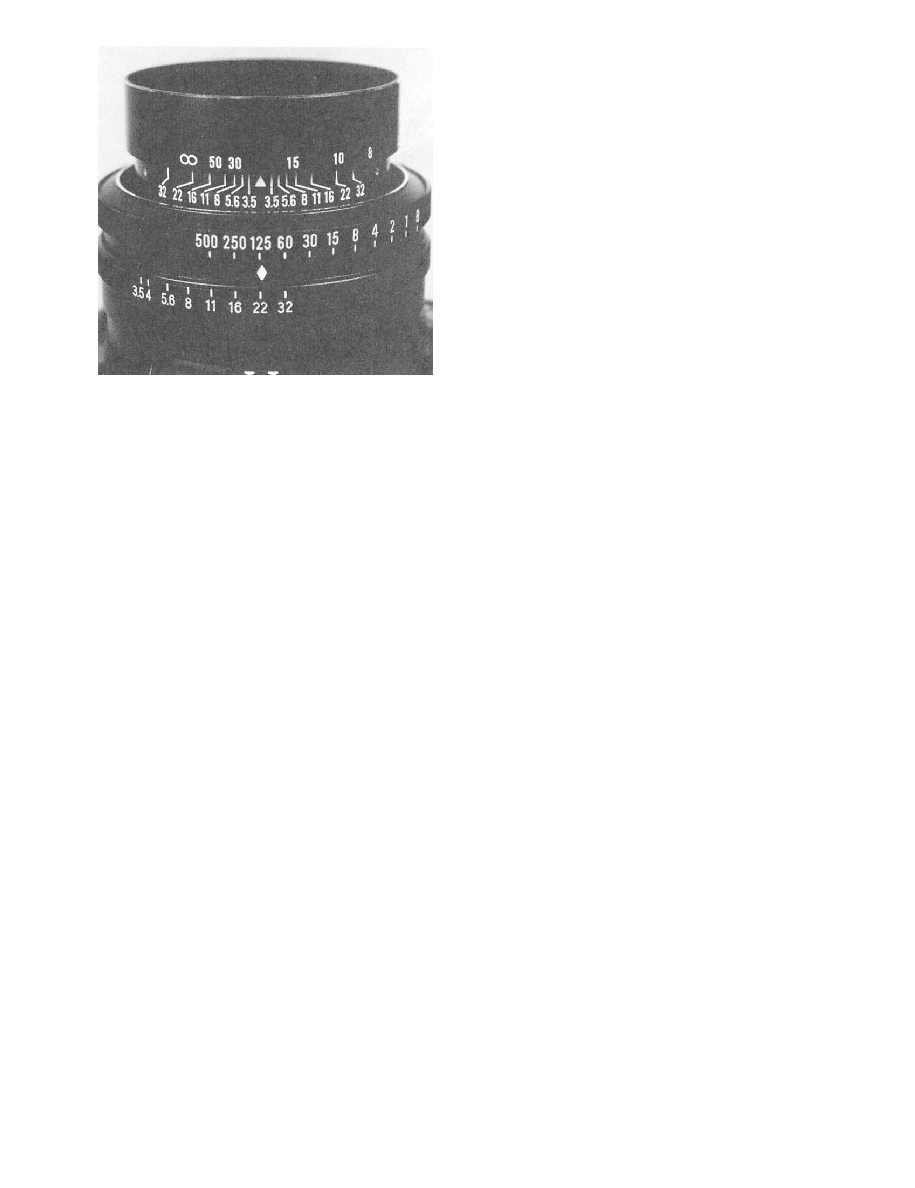
DOFMaster
for Windows
On-line
Depth of Field
Calculator
DOFMaster for Mobile Devices
On-line
Depth of Field
Table
Hyperfocal
Distance Chart
Articles
FAQ
Recommended
Books
Support
Contact
Links
Home
for Windows
On-line
Depth of Field
Calculator
DOFMaster for Mobile Devices
On-line
Depth of Field
Table
Hyperfocal
Distance Chart
Articles
FAQ
Recommended
Books
Support
Contact
Links
Home
As an Amazon Associate I earn from qualifying purchases.
![]()
and focused at infinity, the depth of field ranges from
about 20 feet (the hyperfocal distance) to infinity;
however, when you change the lens focus to 20 feet, the
depth of field ranges from about 10 feet to infinity.
lenses provide a bright image in the viewfinder to focus.
As a result, when you look through the viewfinder, you
not the working f/stop. Most SLR cameras have a
depth-of-field preview button to compensate for this.
When you press it, the aperture closes down to the set
can see the actual depth of field at the selected aperture.
improve image sharpness by blocking off light rays that
lens.
the aperture is very small, it causes diffraction of light
rays striking the edge of the diaphragm. Diffraction
sharpness is especially noticeable in copy work
from the center to the edges; therefore, to obtain the best
quality with most lenses, you can eliminate the edges of
the lens from being used by closing down the aperture
about two f/stops from wide open This recommended
adjustment is called the optimum or critical aperture.
The optimum aperture for a particular lens refers to the
f/stop that renders the best image definition.
sharpness due to diffraction. Although the depth of field
increases when a lens is stopped down below the
optimum aperture, image sharpness decreases;
therefore, increased depth of field should not be
confused with image sharpness. For example, the image
formed by a pinhole camera has extraordinary depth of
field but lacks image sharpness. When the lens aperture
is closed down to the size of a pinhole, it behaves like
one. This is an important factor for subjects in a flat
plane (such as copying) where depth of field is not
needed.
exposure. The shutter is used in conjunction with the
important function of the shutter is that it limits the time
that light is allowed to pass through the lens and act on
the film. There are two types of camera shutters: leaf
and focal plane.
diaphragm. It is sometimes called a between-the-lens
shutter; however, a more correct term for this type of
shutter is a leaf or diaphragm shutter.
leaves, are at rest and overlap each other. This prevents
light from reaching the film. When the shutter release
Basic Photography Course

As an Amazon Associate I earn from qualifying purchases.
WWW.DOFMASTER.COM
© 2006 Don Fleming. All rights reserved.
© 2006 Don Fleming. All rights reserved.